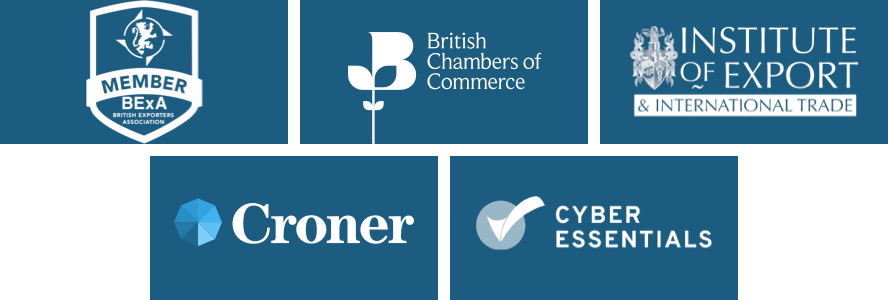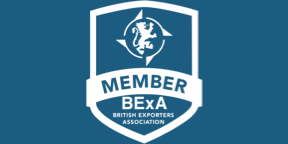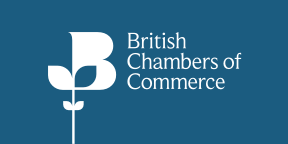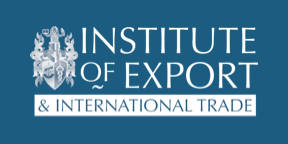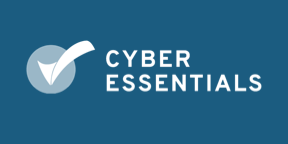BY:
SHARE:
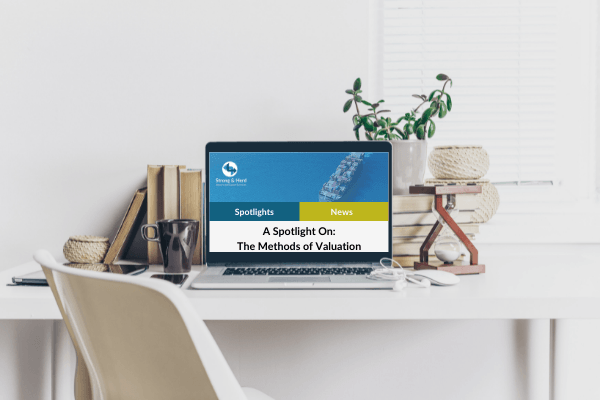
Money makes the world go round but until customs know who is paying the Duty and VAT the recipient will not be able to take delivery of the goods.
Essentially valuation is one of the cornerstones of International Trade and Customs Compliance.
For every export there will be a subsequent import and when we import goods, it's all about the money. Most imports happen because a buyer has purchased goods from a supplier outside the UK but even free of charge imports require a value for customs purposes.
When we think of importing into the UK we often think about the controls in place, however we must not forget that Imports are also subject to Duty and VAT charges. Duty and VAT need to be considered by the importer as they increase the final price of the goods. Even if the goods are not a purchase, customs need a value declared that is correct and compliant, as duty and VAT may still have to be paid at import. Even if we import samples we will have to declare a true import value, and it is important to know what the official definition of a sample is in the eyes of the customs authorities.
Why is this so important?
The value that we declare to customs will impact on our financial outlay to enable the goods to be imported and, perhaps more importantly for customs, on how much money is collected on behalf of the government. It is important to remember that any information declared to HMRC is subject to checks.
As part of an audit, customs will focus on anything that impacts on the amount of duty and VAT that has been paid. HMRC can issue fines and penalties for a non-compliant business.
So, for goods imported to stay permanently in the country (often known as a Home Use entry or entry to Free Circulation), the duty to be paid will be dependent on the Commodity Code of the goods and the Value Declared to Customs. Remember VAT is also applicable at import, although in the UK the owner of goods can reclaim VAT via their VAT returns if they receive a C79 VAT Certificate or Postponed VAT Accounting Certificate (MPIV).
Trade Agreements can lower or remove Duty, but the Importer must be certain that their goods meet the rules of qualification and Trade Agreement do not reduce taxes, such as VAT at import
Methods of Valuation
There are 6 Valuation Methods that could apply to imports. The primary method applies to a purchase of goods and is the one most commonly used –
Method 1, Transaction price. If there is no financial transaction taking place, then an alternative valuation method must be applied but you must go through the alternative methods in order starting with Method 2, Identical goods price.
At import into the UK, Duty is charged on the Customs Value. The customs value is established by the correct application of one of the six valuation methods. The cost of the goods is not the sole charge that is dutiable. Freight and Insurance are also liable to duty. Under Incoterms® Rules the buyer or seller may be responsible for the payment of the freight costs. It is important to note that whoever pays the freight this charge it must still be included in the customs value. The consignment might be insured by the seller or the buyer. If the goods have been insured this cost must also be included in the declaration to HMRC via CHIEF or the newer CDS, the Customs Declaration Service computer.
Therefore, the Customs Value at import into the UK is based on the C I F Value. Many trading nations require that these three components are declared to Customs at Import, although there are exceptions to this rule. As an example, an Import into the USA would require the FOB Value to be declared, ie not include international freight or insurance but including the costs incurred to get the goods to the place of departure.
Whilst we consider value we must also think about the currency. The value declared to customs in the UK must be in Pounds Sterling £, if any of the charges are in another currency CHIEF/CDS will convert the valuation to sterling using the official monthly exchange rate.
Methods 2 and 3 mean that the valuation is established by using a comparable value of a product. Either of identical or similar goods.
It is important to be aware that it is not just about the correct application of the Valuation method that is used. The importer also needs to be able to provide evidence to support the decision that has been made.
Generally, we can say the further we move down the list of methods the less likely it will be that they are applied in international trade. For example, a business who purchases their imports will never go past Valuation Method 1.
To finish the list.,
Method 4 is based on a UK Domestic Selling Price
Method 5 is based on the Cost of Production of the Goods
The final method, the 6th Method would be used when no previous method applies to the import and often it will require HMRC approval to enable it to be applied.
If you are a UK Importer you must value your good using one of the 6 methods, working your way through each method until you are able to value your goods correctly. And remember you must ensure you keep evidence of this for 6 years to be safe. HMRC will go back 4 years for import duties, however the VAT rules say 6 years so don’t get caught out!
Money makes the world go round but until customs know who is paying the Duty and VAT the recipient will not be able to take delivery of the goods.
While you're here, you may be interested in
Valuing Goods for Customs Purposes
OneCall™ Email assistance as and when required; A one-call solution for all your import, export and customs enquiries. Export help. Import help. Customs help.
Stay informed about customs and international trade matters by subscribing to our OneCall™ service. This comprehensive offering includes a dedicated email helpline for support, timely practical updates direct to your inbox (Did You Know?), monthly UK Customs & Trade Briefings and access to an interactive members' area with an exclusive community for our subscribers.
International Trade Updates & Spotlight Newsletter
Subscribe to our free information emails covering international trade topics...
MORE INDUSTRY INSIGHTS...




